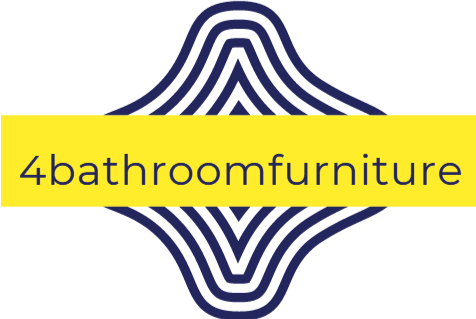Inverse lighting refers to a technique used in computer graphics to achieve lighting effects that are difficult or impossible to create with traditional lighting methods. By reversing the typical setup of light sources and shading, inverse lighting can create more realistic and dramatic lighting in virtual environments, making them feel more immersive and alive. Inverse lighting also provides a powerful tool for artists and designers to express their creativity and bring their vision to life.
The Basics of Inverse Lighting
The traditional lighting model assumes that light sources emit light, which is then reflected off surfaces and received by the viewer’s eyes. Inverse lighting, on the other hand, treats the viewer as the light source and calculates how the light reflects off surfaces to reach the virtual scene. This means that, instead of placing lights in the scene, artists and designers need to specify the position and orientation of the viewer’s eyes, as well as the surface properties of the objects in the scene.
One of the key advantages of inverse lighting is that it can create more realistic shadowing and occlusion. In a traditional lighting model, shadows are created by blocking the direct path of light from the source to the surface. However, this approach often results in unrealistic shadow patterns, as the shadow edges can appear too sharp or too fuzzy depending on the position of the light source. With inverse lighting, shadows are instead created by simulating the blocking of light from the viewer’s eyes by nearby objects. This means that the shadow edges are more natural and realistic, and can also include the effects of light scattering and subsurface scattering that can’t be achieved with traditional methods.
Applications of Inverse Lighting
Inverse lighting has many practical applications in computer graphics and virtual environments. One important use case is in architectural visualization, where inverse lighting can help designers and architects create more realistic and immersive representations of their designs. By simulating the lighting and shading of a building or space from the perspective of a viewer, inverse lighting can help stakeholders understand the impact of natural and artificial lighting on the space, and make more informed decisions about its design and use.
Inverse lighting is also useful in gaming and entertainment, where realistic lighting is essential for creating immersive and engaging experiences. Games that incorporate inverse lighting techniques can create more dynamic and realistic environments, where shadows and reflections are more vivid and give a greater sense of depth and space. In film and animation, inverse lighting can be used to create more dramatic and stylized lighting effects, which can enhance the emotional impact of a scene and create a more expressive aesthetic.
The Future of Inverse Lighting
As computer graphics technology continues to advance, the potential applications of inverse lighting are likely to expand. One promising area is in augmented and virtual reality, where inverse lighting can be used to create more realistic and immersive representations of the real world. By incorporating inverse lighting techniques, AR and VR applications can create more natural and convincing lighting effects, which can help users feel more present and engaged in the virtual environment.
Another area of interest is in image and video processing, where inverse lighting can be used to improve the quality and realism of images and videos. By removing the effects of uneven or unrealistic lighting in photos and videos, inverse lighting algorithms can enhance the visual clarity and detail of the scene. Inverse lighting can also be used as a tool for content creators and artists, allowing them to manipulate lighting and shading in their creations in new and expressive ways.
Inverse lighting is a powerful technique for achieving realistic and expressive lighting effects in virtual environments. By reversing the traditional lighting model, inverse lighting can create more natural and dynamic lighting, which enhances the realism and immersion of virtual environments. Inverse lighting also provides a valuable tool for artists and designers to express their creativity and bring their visions to life. As computer graphics and virtual environment technology continue to evolve, the potential applications of inverse lighting are likely to expand, creating new opportunities for innovation and expression.
More Posts
Enhanced Safety with Automatic Sensing Night Light
Automatic sensing night lights have become an essential component in modern home lighting solutions, providing both convenience and safety. These...
Enhance Your Space with Colorful LED Light Strips
LED light strips have revolutionized the way we illuminate our spaces, offering versatility and efficiency that traditional lighting methods simply...
Enhance Your Space with Soft Salt Stone Lamps
Soft salt stone lamps, often referred to as Himalayan salt lamps, are decorative light sources made from large chunks of...
Effortless Elegance: Minimalist Design Floor Lamp
In the realm of interior design, the concept of minimalism has gained significant traction, resonating with those who appreciate simplicity...
Contemporary Elegance: Modern Feather Chandelier
In the realm of contemporary interior design, few lighting fixtures capture attention quite like modern feather chandeliers. These unique pieces...
Timeless Elegance: Mid Century Modern Floor Lamp
Mid Century Modern design emerged in the mid-20th century, roughly spanning from the 1940s to the 1960s. This period was...
